When to harvest zucchini for the best-tasting vegetables
Our expert tips for harvesting zucchini and their flowers at the right time
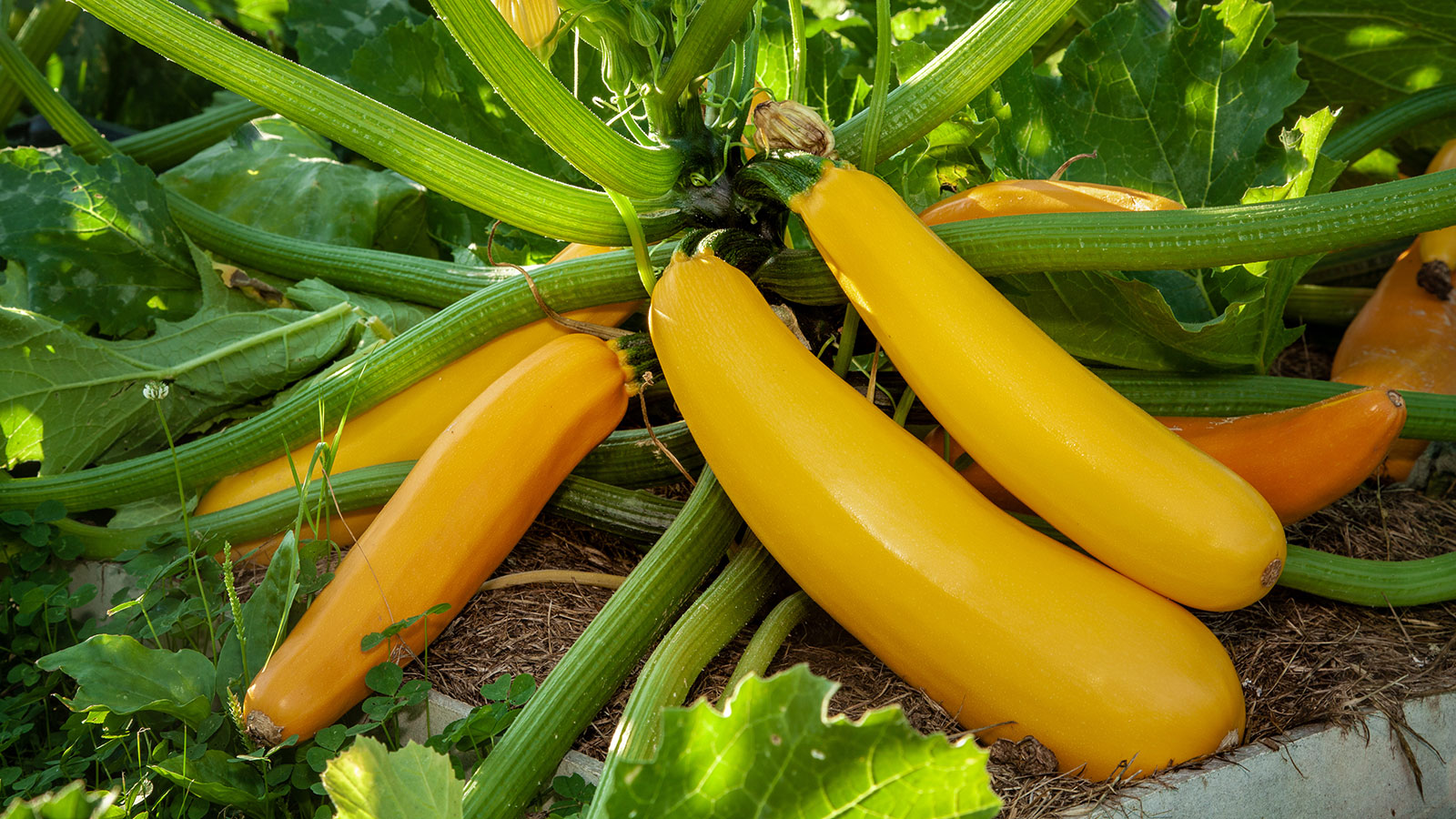

Zucchini, also known as courgettes, is one of the most generous and tasty vegetables you can grow in your yard.
Once you know how to grow zucchini, just one plant can provide enough tasty squash for the whole season – and don’t forget you can use the flowers too, an added treat.
Zucchini can be eaten at any stage of their development, though they taste best when harvested small rather than if you wait until they grow to mammoth proportions.
When to harvest zucchini
The key to successful harvesting is to pick often. Leave zucchini on the plant too long and they become tough and stringy inside, with a hard, unpalatable shell
Once fruits are starting to appear, keep an eye on them because they are quick-growing and can change from a small, juicy treat to a massive 'Captain Caveman' club almost overnight.
It is always worth adding zucchini to your vegetable garden ideas because they come in so many interesting colors, shapes and sizes, from dark green to bright yellow, with flecked skins, long and thin and completely circular.
Not only that, but compact varieties are ideal for vegetable garden containers and small vegetable gardens, while varieties that grow as vines can be trained up a vegetable garden trellis, adding vertical interest to your plot.
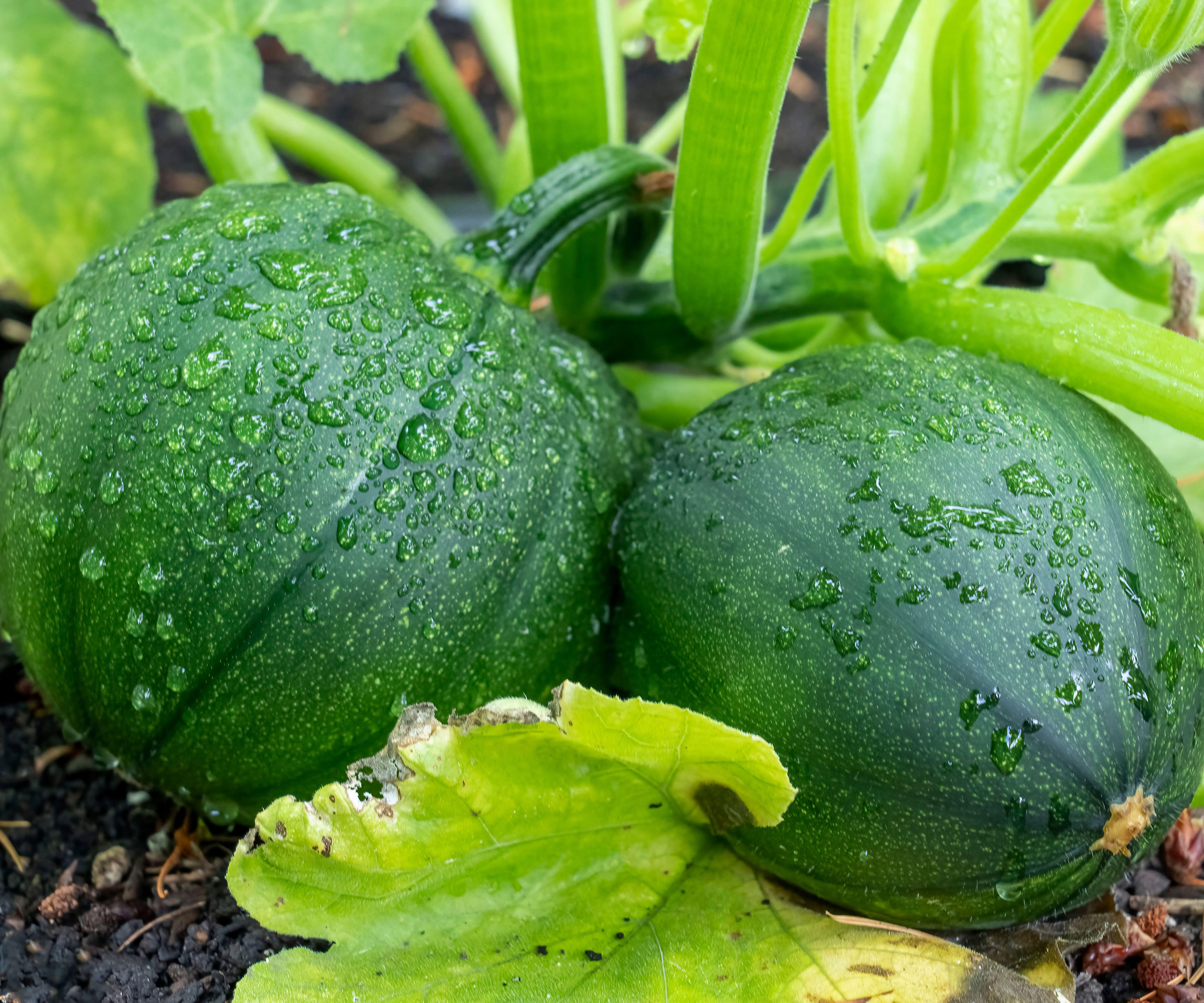
'Eight Ball' zucchini are fun to grow
How to harvest zucchini
Harvest zucchini when the squashes are large enough to take – they are usually at their sweetest and best when they are 5-7 inches long.
Round varieties of zucchini should be harvested when they are roughly the size of a billiard ball (which is why one variety is called 'Eight Ball').
Zucchini is easy to harvest – simply sever them from the plant at the point where they narrow into a stalk.
Using pruners or a sharp garden knife is the easiest way of getting under the leaves and onto the stalk. This is better than pulling them away, which can damage the vegetable and the plant.
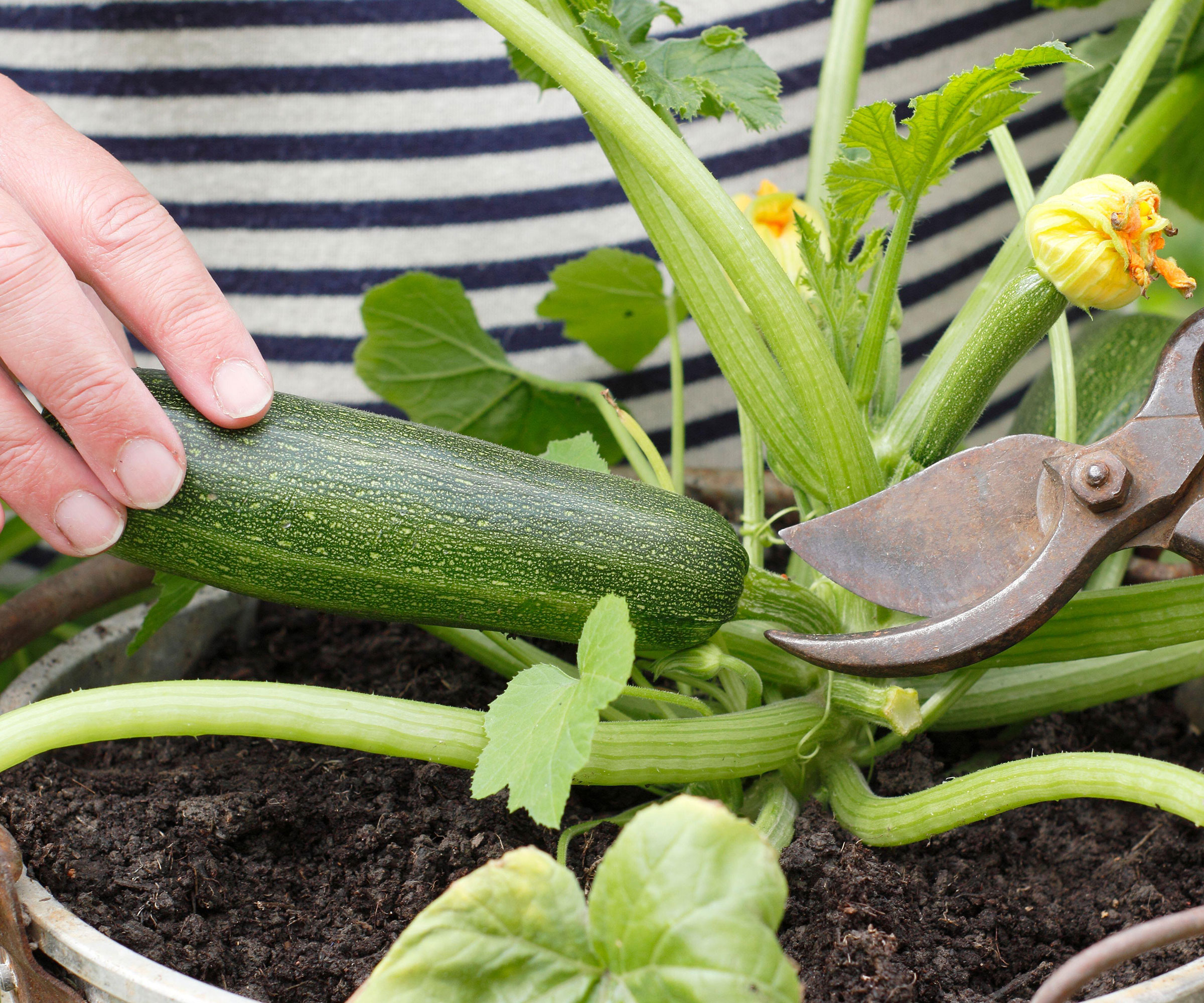
Remove ripe zucchini using pruners or a sharp knife
Why harvest regularly
The important thing to remember is that the more you harvest zucchini, the more squash the plant will produce.
For this reason, it is important to check plants every few days, looking carefully for new squashes you may have missed.
If one is accidentally left to grow large, the plant will think its fruiting job is done and not produce anymore.
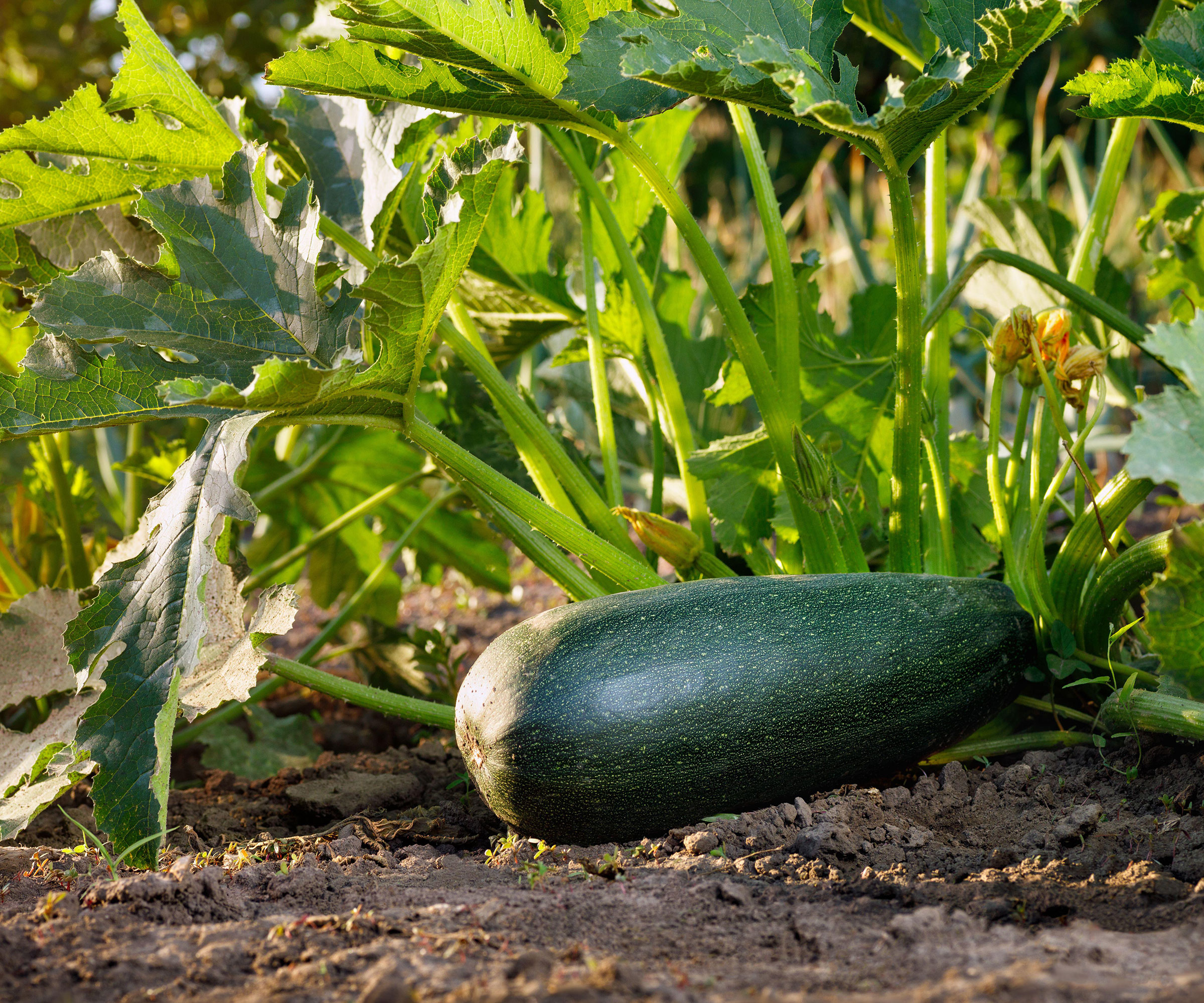
If you miss a zucchini at harvest time it will continue to grow and the plant will stop producing
Harvesting zucchini flowers
Zucchini plants produce male and female flowers, so they will self-pollinate and you can get a good crop with just one plant.
The flowers are edible and considered a delicacy when filled with cream cheese or crab, coated in a light tempura batter, and fried.
If you wish to harvest zucchini flowers to use in the kitchen, take them just before they are about to fall off naturally, but make sure you don’t remove too many from each plant or you won’t get a good crop of squashes.
You can also use them still attached to tiny zucchinis for extra taste.
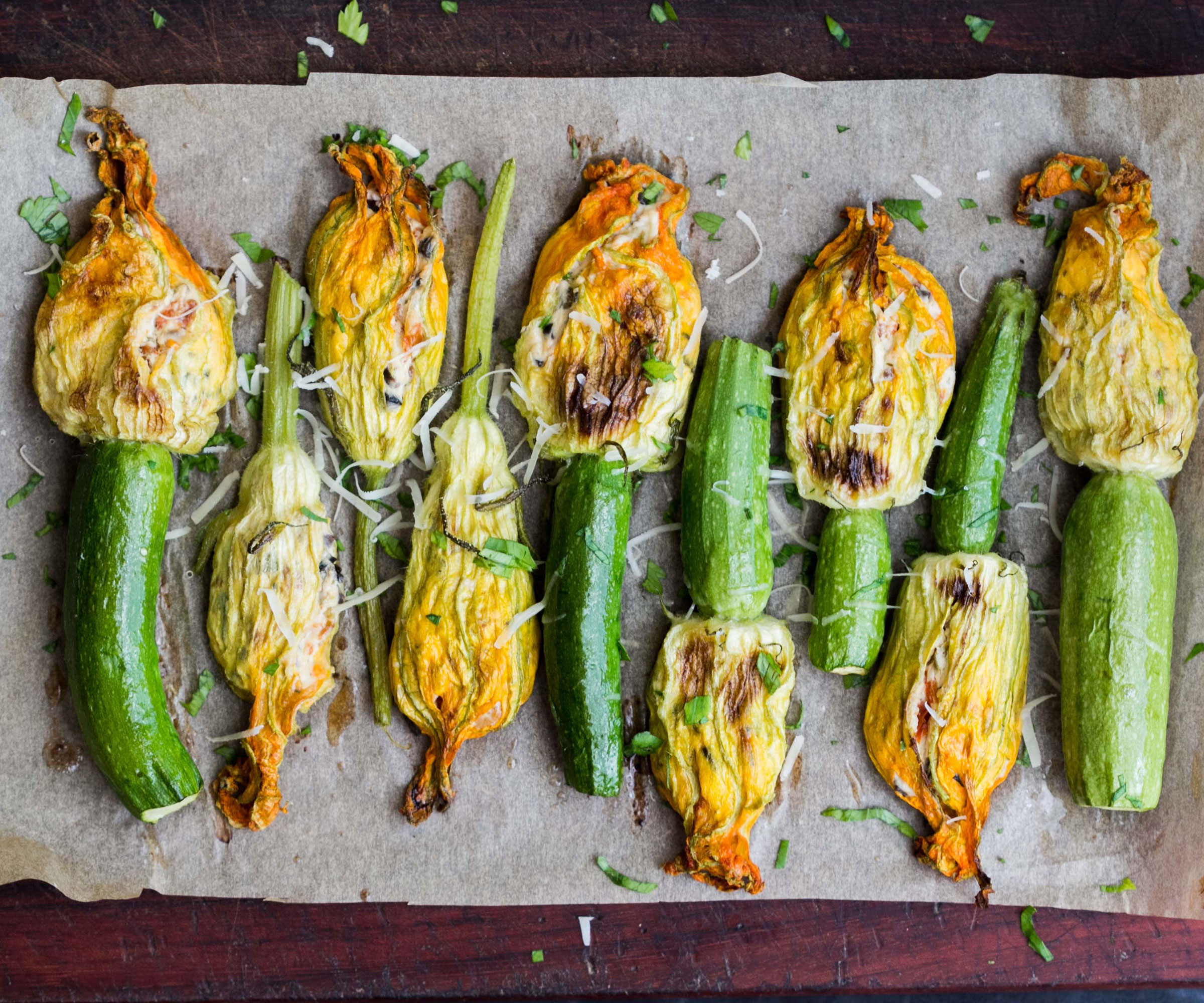
Zucchini flowers are a delicacy, either on their own or still attached to small squashes
Storing zucchini
Like all homegrown vegetables, zucchinis taste best eaten straight away.
But if you have a glut, you can store them in the salad box of your fridge, or in a perforated bag in the fridge, for up to a week.
Zucchini can also be washed, dried, cut into one-inch cubes, and added to the freezer, you can also slice them thinly and pickle them or add them to chutneys.
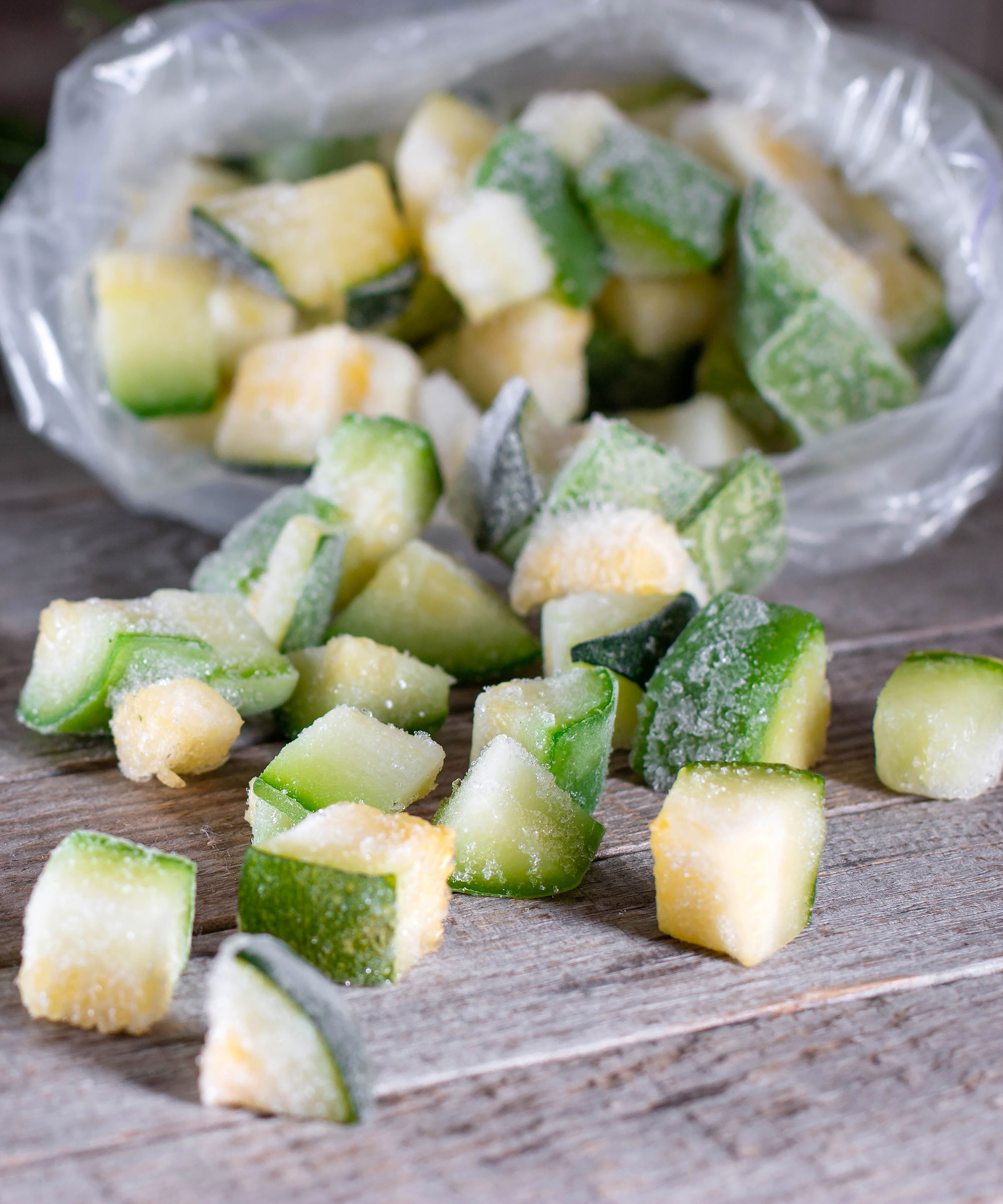
You can cube and freeze zucchini for use at a later date
Marrows and zucchinis belong to the Cucurbit family, which also includes melons, cucumbers, and other squashes.
A marrow is basically a zucchini that has been left to grow large on the plant.
Their skin becomes tough, but there are lots of squash recipes they can adapt to.
I like to cut them in half lengthways, or into slices, hollow out the inside, discard the seeds and mix the removed flesh with cheese, grains, onions and peppers, or savory mince.
Fill the hollow halves with the mixture and bake in the oven until soft and heated through. Delicious!
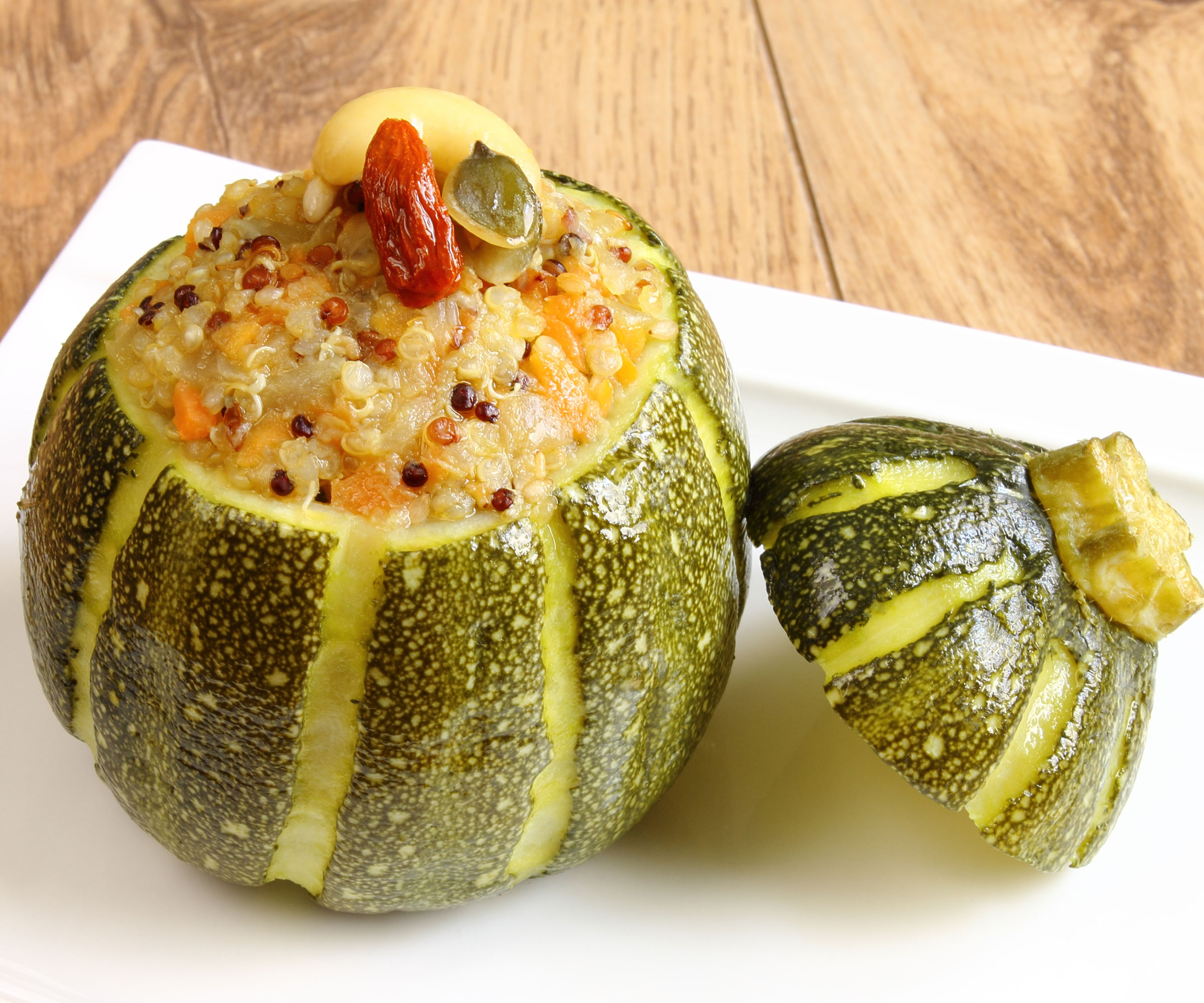
Zucchini left on the vine too long can be stuffed, baked and turned into a delicious meal
Sign up to the Homes & Gardens newsletter
Design expertise in your inbox – from inspiring decorating ideas and beautiful celebrity homes to practical gardening advice and shopping round-ups.

Ruth is a Contributing Editor for Homes & Gardens, and formerly Gardening Editor of Amateur Gardening magazine. She is horticulturally trained, with a qualification from the Royal Horticultural Society. Her work for Amateur Gardening, the world's oldest weekly gardening publication, involved matching gardening tasks with each season, covering everything from sowing and planting, to pruning, taking cuttings, dealing with pests and diseases and keeping houseplants healthy. She is an expert in ornamental plants and edible crops, and everything she writes about and photographs is in her own garden, that has been a work in progress since her family moved there in 2012.
-
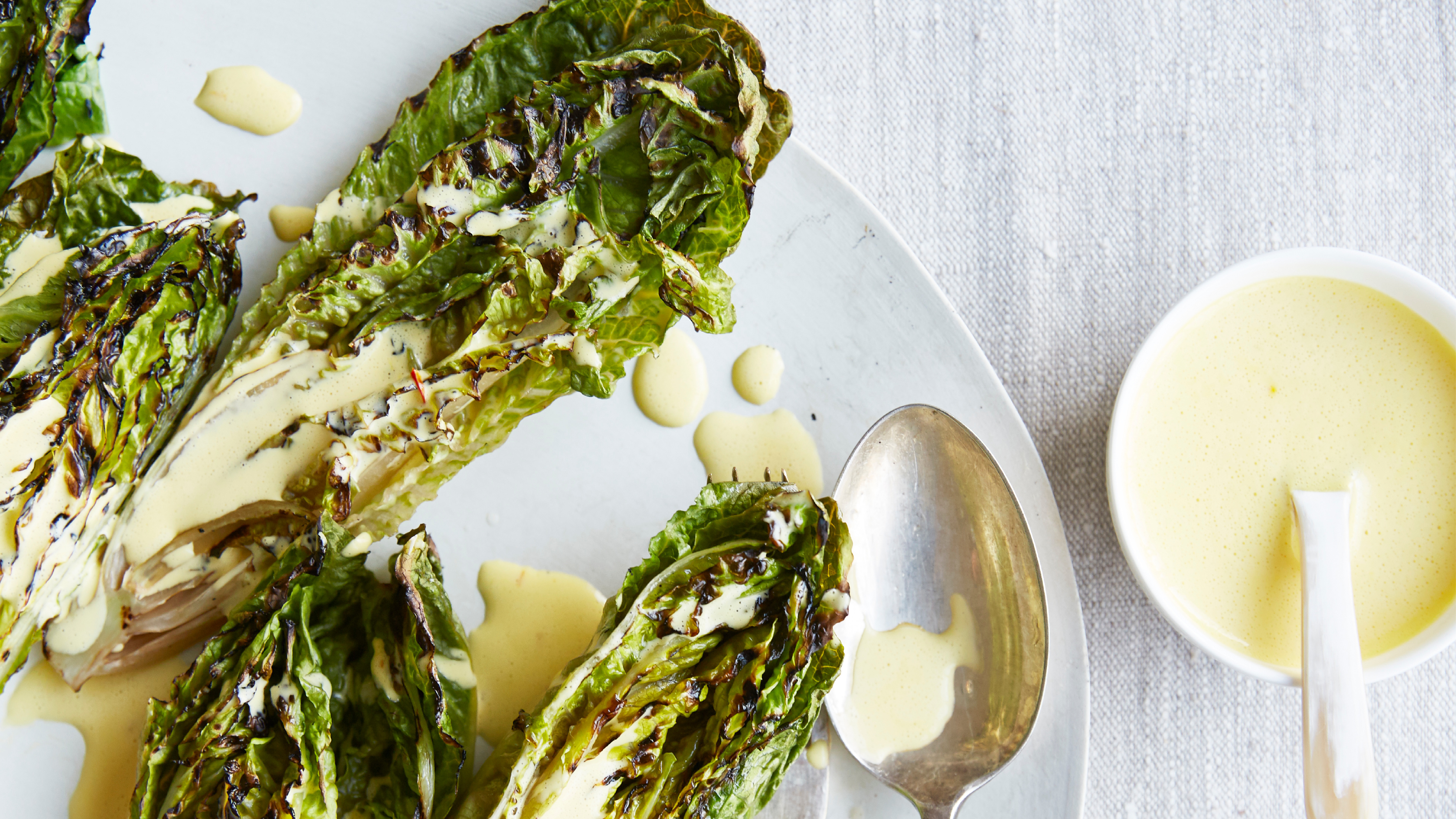 Charred little gem with saffron dressing
Charred little gem with saffron dressingThis recipe with charred little gem is both easy to make and sure to impress guests. It's the perfect side for fresh spring menus
By Alice Hart
-
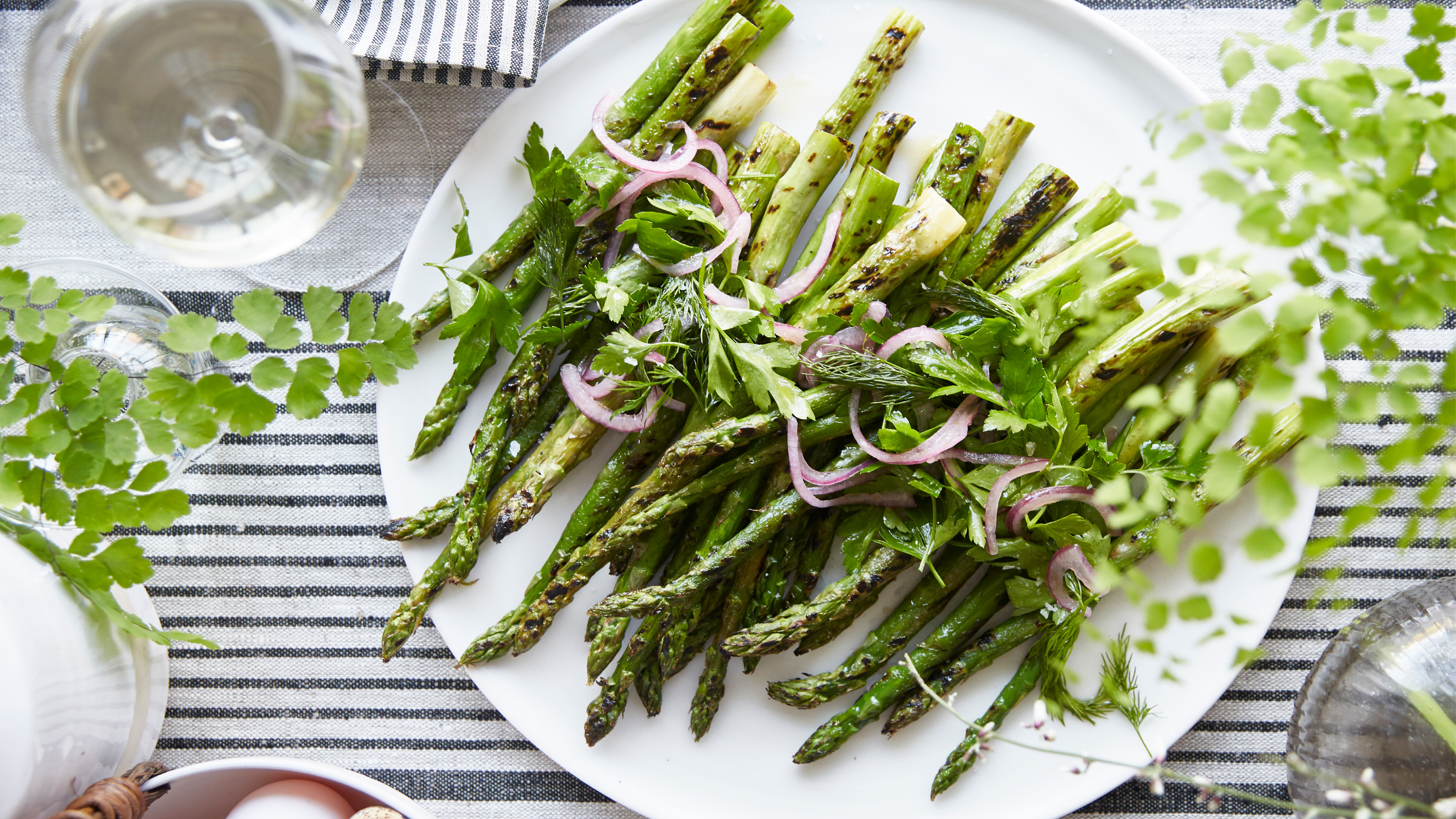 Grilled asparagus with herb and pickled red onion
Grilled asparagus with herb and pickled red onionThis grilled asparagus couldn't be easier, and it's a wonderful way to get the best flavor from our favorite spring veg. It's perfect alongside fish or lamb
By Alice Hart